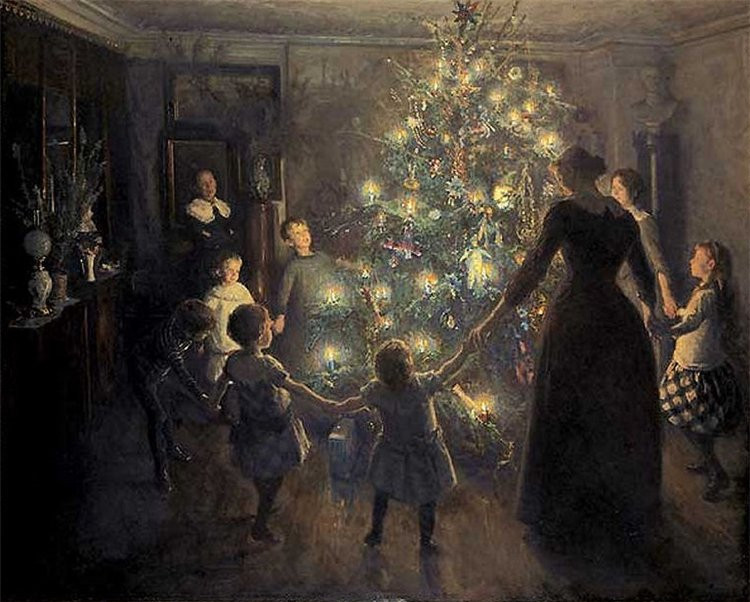
One of the brightest holidays celebrated by billions, is nearly here. We’re all feverishly preparing for the upcoming festivities. Decorating the Christmas tree and our home, shopping for presents, doing groceries, wrapping up presents and awaiting impatiently for the good old Santa…
Before I move over to the serious stuff, here in pCloud’s Christmas workshop, let me give you some interesting facts, which you may or may not know about Christmas.
-
Did you know that the first city ever to decorate a Christmas tree was… Riga…? Yep, that is correct. Riga, like the Capital of Latvia.

Customs of erecting decorated trees in wintertime can be traced to Christmas celebrations in Renaissance-era guilds in Northern Germany and Livonia. The first evidence of decorated trees associated with Christmas Day, are trees in guildhalls decorated with sweets to be enjoyed by the apprentices and children. In Livonia (present-day Estonia and Latvia), in 1441, 1442, 1510 and 1514, the Brotherhood of Blackheads erected a tree for the holidays in their guild houses in Reval (now Tallinn) and Riga. On the last night of the celebrations leading up to the holidays, the tree was taken to the Town Hall Square, where the members of the brotherhood danced around it.
-
Have you ever wondered, when was the first ever Christmas celebration? Well, I have… so I hit the books and found some interesting facts about it.

For the first three hundred years of the church’s existence, birthdays were not given much emphasis–not even the birth of Christ. The day on which a saint died was considered more significant than his or her birth. An old list ofRoman bishops says, that the first time the word Christmas (Christ’s mass) was used on 25th of December 336…
-
And last but not least, in the eve of this year’s Christmas holidays, I couldn’t help but wonder, when was the first time Santa Claus appeared…
Hélène Adeline Guerber and others have drawn parallels between Sinterklaas (Santa Claus in Dutch) and his helpers and the Wild Hunt of Wodan or Odin, a major god among the Germanic peoples, who was worshipped in Northern and Western Europe prior to Christianization. Riding the white horse Sleipnir he flew through the air as the leader of the Wild Hunt, always accompanied by two black ravens, Huginn and Muninn. Those helpers would listen, just like Zwarte Piet, at the chimney – which was just a hole in the roof at that time – to tell Wodan about the good and bad behaviour of the mortals. Due to its speculative character, however, this older “Germanic” theory has little support among present-day scholars, although it continues to be popular in non-scholarly sources. At the same time, it seems clear that the Saint Nicholas tradition contains a number of elements that are not ecclesiastical in origin.

-
In present days, the gift-giver is known as Santa Claus, who brings presents to the well-behaved children…
As all users of pCloud have been well-behaved this year and Santa Clau(d)s has brought them presents.
This year, and this year only, Santa’s helpers have created amazing presents for all of you out there. Join pCloud for Family with a great 70% holiday discount. Share 2 TB space and Premium features with up to 4 of your family members for a LIFETIME. Keep all your family plans absolutely safe in the cloud.
So… let’s get this Christmas shopping started… Oh Gosh, I love shopping… Bye! Till the next time…
